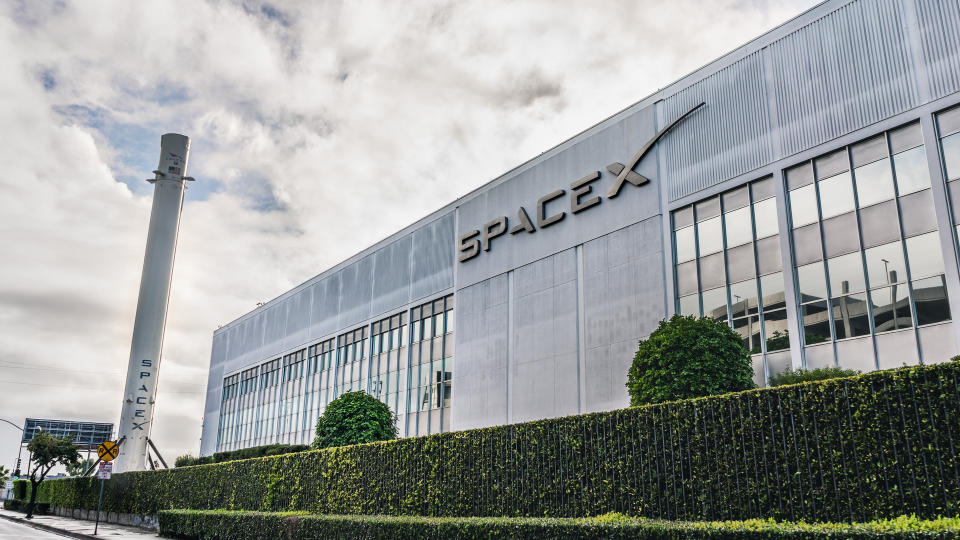SpaceX Can Now Link Airplanes, Boats and More to Starlink Internet — Unless 5G Renders It ‘Unusable’

The Federal Communications Commission granted approval for Elon Musk’s SpaceX company to provide Starlink satellite internet to a range of vehicles, including RVs and planes. While the decision is a win for Starlink, the company said that if the “FCC does not reject the rule changes proposed by Dish for 12 GHz spectrum, Starlink customers will experience harmful interference more than 77% of the time and total outage of service 74% of the time, rendering Starlink unusable for most Americans.”
See: 10 Richest People in the World
Cash App Borrow: How To Borrow Money on Cash App
On June 30, the FCC said that “authorizing a new class of [customer] terminals for SpaceX’s satellite system will expand the range of broadband capabilities to meet the growing user demands that now require connectivity while on the move, whether driving an RV across the country, moving a freighter from Europe to a U.S. port, or while on a domestic or international flight,” according to an order posted on the Commission’s website.
It added that the public interest would be served by granting these applications, given the public interest benefits of enabling the introduction of higher speed, lower latency earth stations in motion broadband through NGSO low-earth orbit systems.
“These services, never before available, promise the potential for expanding reach to remote and rural areas and facilitating higher quality broadband services in the air, on the road, and on the water,” according to the order.
At the same time, in a study it conducted and sent to the FCC on June 21, SpaceX argued that “this analysis verifies what should be intuitive — that a high-power terrestrial network would blow out anyone using the high-sensitivity equipment satellite consumers must use to receive signals that comply with Commission and international power restrictions on satellite downlink transmissions.”
SpaceX also alleges in the study that the FCC, which allocates spectrum use across telecom companies, was misled by Dish and its “faulty analysis” that attempted to prove that allowing Dish to expand its 5G network would not impact Starlink users.
POLL: Do You Have a Side Gig or Other Hustle?
Dish is part of the 5gfor12GHz Coalition, a multilateral coalition of 5G leaders who have “joined together to work as swiftly as possible, across government agencies and between the public and private sectors, to ensure the U.S. does not fall behind on the 5G race because of outdated rules and regulations.” Its goal is to “unleash the power of 5G,” and to push the FCC to “move forward with its Notice of Proposed Rulemaking to modernize rules and open up the 12 GHz band.”
Dish told CNN that its “expert engineers are evaluating SpaceX’s claims in the filing.”
CNN reported that Dish had 8.2 million wireless subscribers as of May, while SpaceX has more than 400,000 Starlink customers worldwide.
In April, Starlink announced it would provide complimentary high-speed, low-latency broadband internet access to every guest onboard Hawaiian Airlines flights between the islands and the continental U.S., Asia and Oceania, as GOBankingRates previously reported.
Starlink internet works by sending information through “the vacuum of space, where it travels much faster than in fiber-optic cable and can reach far more people and places,” according to the company’s website.
More From GOBankingRates
Social Security: Women Get $354 Per Month Less Than Men - Here's Why
Looking To Diversify in a Bear Market? Consider These Alternative Investments
This article originally appeared on GOBankingRates.com: SpaceX Can Now Link Airplanes, Boats and More to Starlink Internet — Unless 5G Renders It ‘Unusable’
